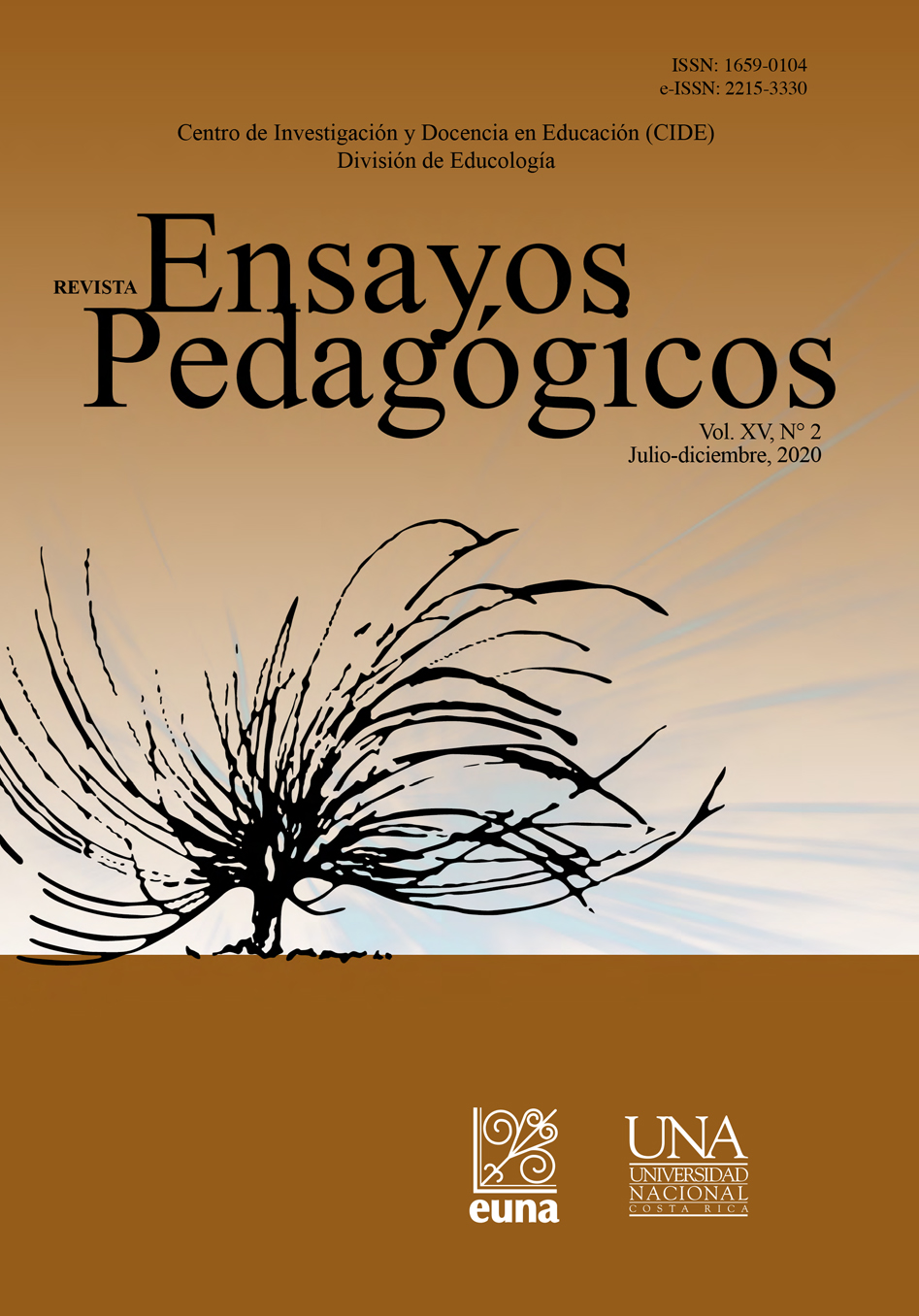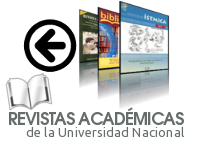Language Teaching Techniques for Pronouncing the Past Tense Phonemes /t/, /d/, and /ɪd/ in Regular Verbs When Reading Aloud
DOI:
https://doi.org/10.15359/rep.15-2.12Palabras clave:
pronunciation, simple past tense phonemes, simple past tense, drilling, color-coding, techniquesResumen
This article presents the results of a research study based on two language teaching techniques, drilling and color-coding, and their effect on the correct pronunciation of the past tense phonemes /t/, /d/, and /ɪd/ in regular verbs in simple past tense when reading aloud; the population of this study was composed of twelve young adults. Qualitative and quantitative data from two instruments: an identification tally sheet and a questionnaire were gathered. The results obtained in the pre and post-test (identification tally sheet) and the performance of the participants from the experimental groups (B and C) showed that there was a positive impact on the accurate production of the past tense phonemes when reading aloud. Lastly, this research study provides evidence to claim the teaching of drilling and color-coding techniques are useful to pronounce the past tense phonemes /t/, /d/, and /ɪd/ in regular verbs correctly.
Referencias
Brown, D. (2001). Teaching by principles: An interactive approach to language pedagogy. New York: Longman.
Celce-Murcia, M., Brinton, D., Goodwin, J. M., & Griner, B. (2010). Teaching pronunciation: A course book and reference guide. United States: Heinle and Thomson Learning.
Cherry, D. (2002). Experimenting with the sound/color chart for pronunciation. Bulletin of Hokuriku University, 26, 219-235. Retrieved from http://www.hokuriku-u.ac.jp/about/campus/libraryDATA/kiyo26/gai12.pdf
Creswell, J. (2003). Research design: Qualitative, quantitative, and mixed methods approaches (2nd ed.). California: Sage Publications.
Cruz, N. (2013). The importance of promoting pronunciation strategies for regular verbs in simple past. México: Universidad Veracruzana. Retrieved from http://cdigital.uv.mx/bitstream/123456789/35130/1/cruzcastillonora.pdf
Forel, C. & Puskás, G. (2005). Phonetics and phonology. Switzerland: University of Geneva. Retrieved from https://www.uni-oldenburg.de/fileadmin/user_upload/anglistik/personen/cornelia.hamann/Phonology.pdf
Gattegno, C. (1963). Teaching foreign languages in schools the Silent Way. New York: Educational Solutions. Retrieved from https://issuu.com/eswi/docs/gattegno_-_teaching_foreign_languages_in_schools_t
Handoko, K. & Mindari, R. (2016). Using drilling to teach pronunciation to the seventh graders (Undergraduate thesis). Widya Mandala Catholic University Surabaya, Indonesia. Retrieved from http://repository.wima.ac.id/6424/
Hernández, S., Fernández, R., & Baptista, L. (2006). Metodología de la investigación (4ta Edición). México: McGraw-Hill Interamericana.
HerrelI, A., & Jordan, M. (2004). 50 Strategies for teaching English language learners. California: California State University.
Kelly, G. (2000). How to teach pronunciation. Essex: Longman
Mackintosh, H. (1965). Current approaches to teaching reading. Washington D. C.: National Education Association.
Marín, I. (2008). Drilling and color-coding systems: A comparative analysis of two pronunciation techniques to improve L2 learners’ production of the -(e)d inflectional ending. Filología y Lingüística 34(2), 143-163. Retrieved from http://revistas.ucr.ac.cr/index.php/filyling/article/view/1297/1360
Richards, J. & Rodgers, T. (2001). Approaches and methods in language teaching. New York: Cambridge University Press. doi: http://dx.doi.org/10.1017/CBO9780511667305
Rodríguez, M. (2016). Errores frecuentes en la pronunciación inglesa del pasado de los verbos regulares. Educación, Arte, Comunicación: Revista Académica Investigativa y Cultural, 6(1), 8-17.
Speak Method. (n. d.). Common verbs: Pronunciation of ed in past tense. Retrieved from http://www.speakmethod.com/esl_advanced_ed_pronunciation.html
Thomson, R. & Derwing, T. (2014). The effectiveness of L2 pronunciation instruction: A narrative review. Applied Linguistics 36(3), 326-344. doi: http://dx.doi.org/10.1093/applin/amu076
Villalobos, N. (2008). Using songs to improve EFL students’ pronunciation. Letras 2(44), 93-108. Retrieved from http://www.revistas.una.ac.cr/index.php/letras/article/download/264/218
Wei, M. (2006). A literature review on strategies for teaching pronunciation (Report No. ED491566). United States: University of Maryland.
Zaroh, M. & Laksmi, E. (2013). A Descriptive study on the teaching of pronunciation using drilling to the fourth graders of Min Malang 1. Jurnal Online, Universitas Negeri Malang 3(1), 1-5. Retrieved from http://jurnal-online.um.ac.id/data/artikel/artikelC6035D05F2069D6EF51859F50AEFE5B2.pdf
Publicado
Cómo citar
Número
Sección
Licencia
La Revista Ensayos Pedagógicos está suscrita a la Licencia Creative Commons Atribución-NoComercial-SinDerivadas 4.0 Internacional, lo cual implica la posibilidad de que tanto las personas autoras como las personas lectoras puedan, de forma gratuita, descargar, almacenar, copiar y distribuir la versión final aprobada y publicada (post print) del artículo, siempre y cuando se realice sin fines comerciales, no se generen obras derivadas y se mencione la fuente y autoría de la obra. Asimismo, la Revista Ensayos Pedagógicos declara que toda persona autora conservará a perpetuidad los derechos de autoría de su ensayo o artículo.









